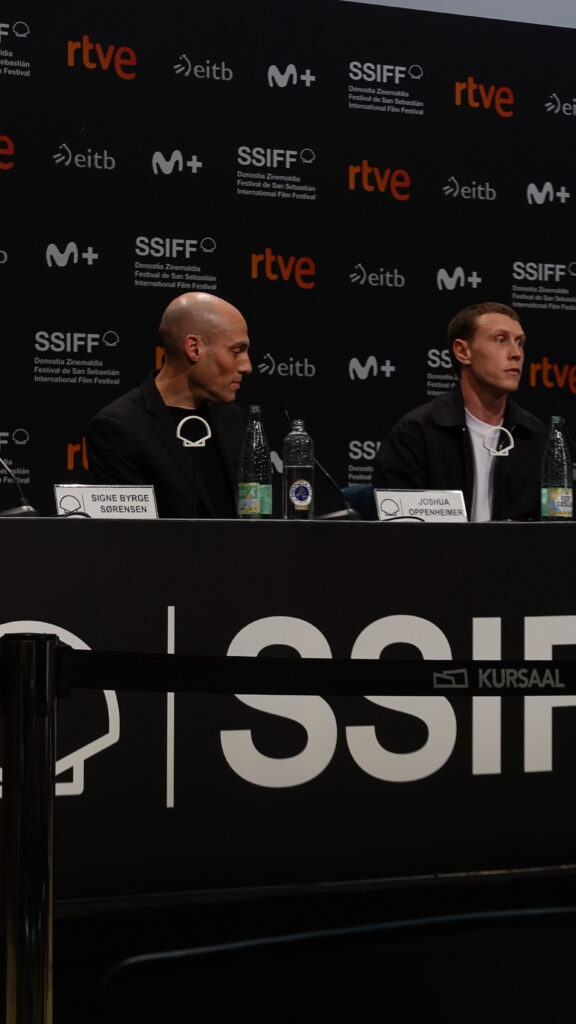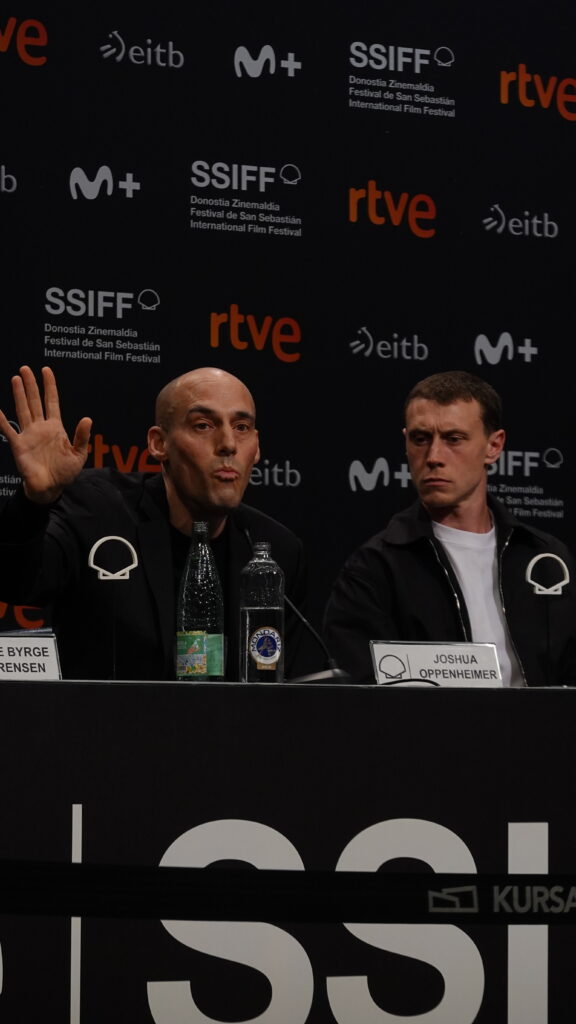“The End” (2024), directed by Joshua Oppenheimer, is a post-apocalyptic musical that delves into themes of guilt, denial, and the human condition. Set entirely within a lavish underground bunker, the film’s cinematography plays a pivotal role in conveying its dystopian atmosphere and the psychological states of its characters.
The film’s visual style is marked by its claustrophobic and meticulously designed sets. The bunker, with its expansive yet confining spaces, is captured through wide-angle shots that emphasize the isolation and decay of the environment. The cinematography employs a muted color palette, with dim lighting and shadows, to reflect the bleakness of the post-apocalyptic world and the characters’ internal struggles. This visual approach enhances the film’s somber tone, immersing the audience in the characters’ psychological turmoil.
In summary, “The End” utilizes its cinematography to create a visually arresting and emotionally resonant experience. The deliberate use of space, lighting, and composition not only establishes the film’s dystopian setting but also deepens the exploration of its characters’ psychological landscapes.

